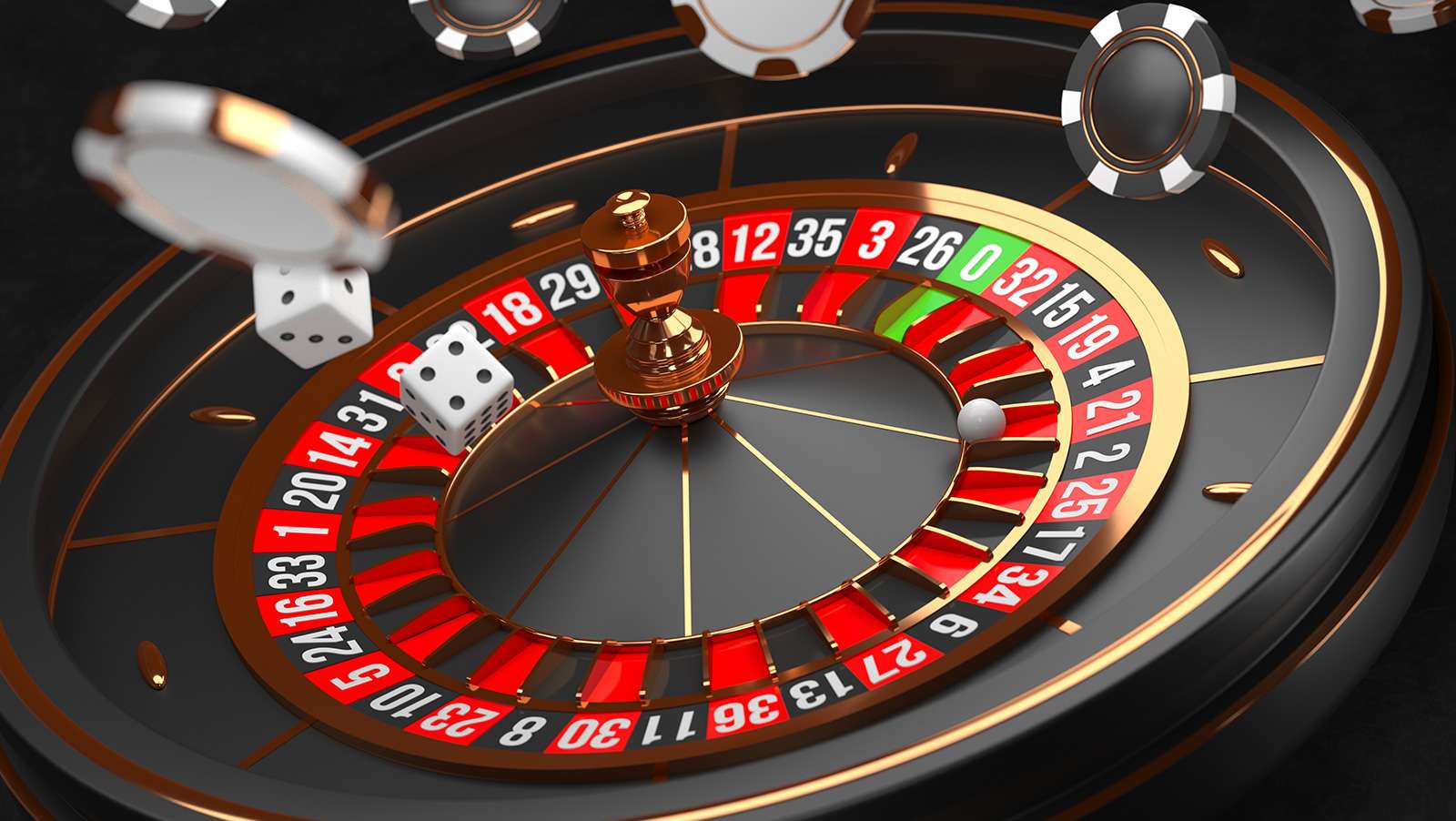Introduction to Diamond Cuts
When we talk about a diamond’s cut, we’re not referring to its shape (like heart or pear), but rather how well its facets interact with light. A well-cut diamond enhances its inherent qualities, maximizing sparkle and brilliance alle diamantschliffe im überblick. This article explores the wide array of diamond cuts available, from the classic to the lesser-known, guiding you through their characteristics and helping you find the perfect diamond cut for your preferences.
Popular Diamond Cuts
Round Brilliant Cut
The round brilliant cut is the most popular and classic diamond shape, known for its unparalleled sparkle. Developed to maximize light performance, it consists of 58 facets that reflect light internally, creating a dazzling display. Ideal proportions ensure maximum brilliance, making it a top choice for engagement rings and other jewelry.
Princess Cut
With its square or rectangular shape, the princess cut is a modern favorite known for its clean lines and contemporary appeal. It offers similar brilliance to the round cut but with a more angular profile, making it a popular choice for those seeking a combination of tradition and modernity in their jewelry.
Emerald Cut
The emerald cut features a rectangular shape with stepped facets that create a hall-of-mirrors effect. Originally developed for emeralds, this cut is prized for its elegant look and clarity. It tends to showcase a diamond’s clarity more than its brilliance, making it ideal for those who prefer understated sophistication.
Oval Cut
The oval cut combines the brilliance of a round diamond with an elongated shape that flatters the wearer’s finger. It boasts similar fire and sparkle to the round cut but appears larger per carat due to its elongated silhouette. Ideal for those who appreciate classic elegance with a twist.
Marquise Cut
The marquise cut is distinctive for its boat-like shape with pointed ends. Legend has it that King Louis XV of France commissioned it to resemble the lips of his mistress, the Marquise de Pompadour. This cut maximizes carat weight, creating a dramatic effect that elongates the wearer’s finger.
Pear Cut
Combining the best of the round and marquise cuts, the pear cut resembles a teardrop shape with one rounded end and one pointed end. It offers versatility in settings, making it a popular choice for pendants and earrings as well as engagement rings.
Heart Cut
The heart cut is the ultimate symbol of love and romance, featuring a shape that resembles a stylized heart. It requires skill to cut perfectly due to its symmetrical facets and is often chosen for sentimental jewelry pieces like engagement rings.
Lesser-Known Diamond Cuts
Radiant Cut
The radiant cut combines the elegance of the emerald cut with the brilliance of the round cut, featuring trimmed corners and a square or rectangular shape. It’s known for its durability and versatility, making it suitable for both solitaire rings and accent stones.
Cushion Cut
The cushion cut, also known as the pillow cut, has a square or rectangular shape with rounded corners. It was popular during the 19th century and has made a comeback due to its vintage charm and ability to showcase a diamond’s clarity and color.
Asscher Cut
The asscher cut is a square-shaped diamond with cropped corners and stepped facets, giving it a mesmerizing hall-of-mirrors effect. Popular during the Art Deco period, it has regained popularity for its unique look and ability to highlight a diamond’s clarity and purity.
Baguette Cut
The baguette cut features a long, rectangular shape with step-cut facets, creating a sleek and sophisticated appearance. It’s often used as accent stones in jewelry settings, adding a touch of elegance and sparkle without overshadowing the main diamond.
Trillion Cut
The trillion cut is a triangular-shaped diamond with curved sides and pointed corners. It’s known for its brilliance and fire, making it a popular choice for those seeking a unique and eye-catching design in their jewelry.
Specialty and Custom Diamond Cuts
Rose Cut
The rose cut is an antique diamond cut dating back to the 16th century, featuring a flat base with triangular facets that resemble the petals of a rose. It’s prized for its unique appearance and ability to create a soft glow rather than intense sparkle, making it a favorite for vintage-inspired jewelry.
Old European Cut
The old European cut predates the modern round brilliant cut, characterized by a smaller table, higher crown, and larger facets. It’s sought after by collectors for its antique charm and unique light dispersion, offering a distinctive look that harkens back to a bygone era.
Choosing the Right Diamond Cut
When choosing a diamond cut, consider factors such as your budget, personal style, and the setting in which the diamond will be placed. Each cut has its own personality and brilliance, so finding the right one depends on what speaks to you and your preferences.
Conclusion
In conclusion, understanding the various diamond cuts empowers you to make an informed decision when selecting a diamond for any occasion. Whether you’re drawn to the timeless brilliance of a round cut or the modern elegance of a princess cut, each diamond cut offers its own unique charm and beauty. By considering factors like sparkle, shape, and personal style, you can find the perfect diamond that not only dazzles but also captures the essence of your unique story.






